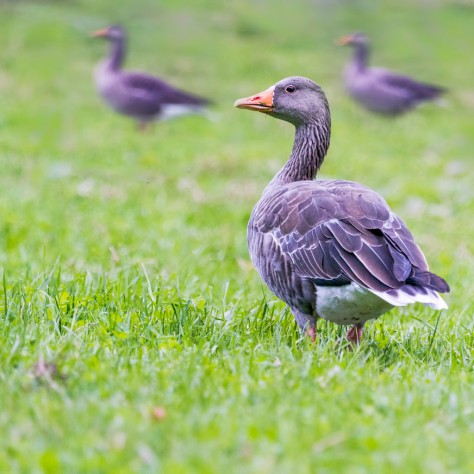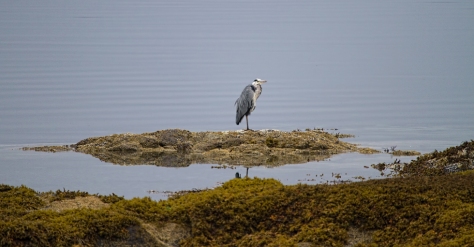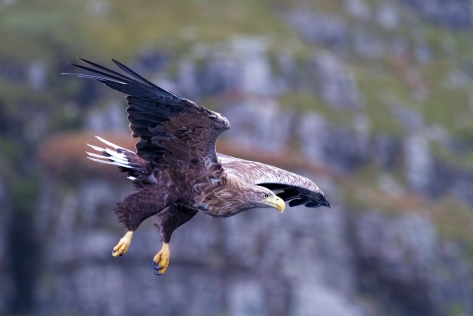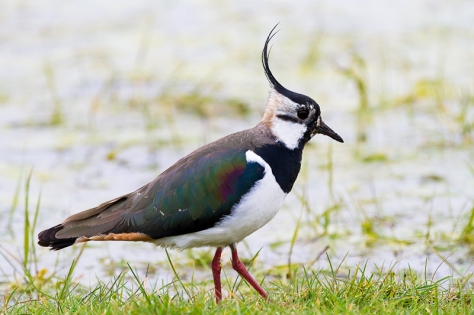
Happy Wild Bird Wednesday :0)
Click the link below to see photographs from many talented folk around the world and feast your eyes on our fine feathered friends!!
The Greylag Goose (Anser anser) is believed to be the ancestor of most modern day domestic Geese. It is the largest of the native UK and European native Geese and, to my eye, it is very similar in size to a Canada Goose (Branta canadensis).
This beautiful bird is officially classed as amber status in the UK, meaning moderate cause for concern for the population numbers.
In the South of England release of birds has been on going for a number of years to help re-establish their population with some success, but the population found in Scotland are from the original native stock and retain more of the natural behaviors of true wild birds.
This was taken on the Isle of Mull, the second largest of the “Inner Hebrides” off the West Coast of Scotland.
Another first for me on a really rather wonderful trip to magical Mull :0)
Shot with the my trusty Canon 100-400mm f/4.8-5.6 L lens wide open on the Canon 7D to get the shallow depth of field to give the soft focus bokeh of the 2 Geese in the background











